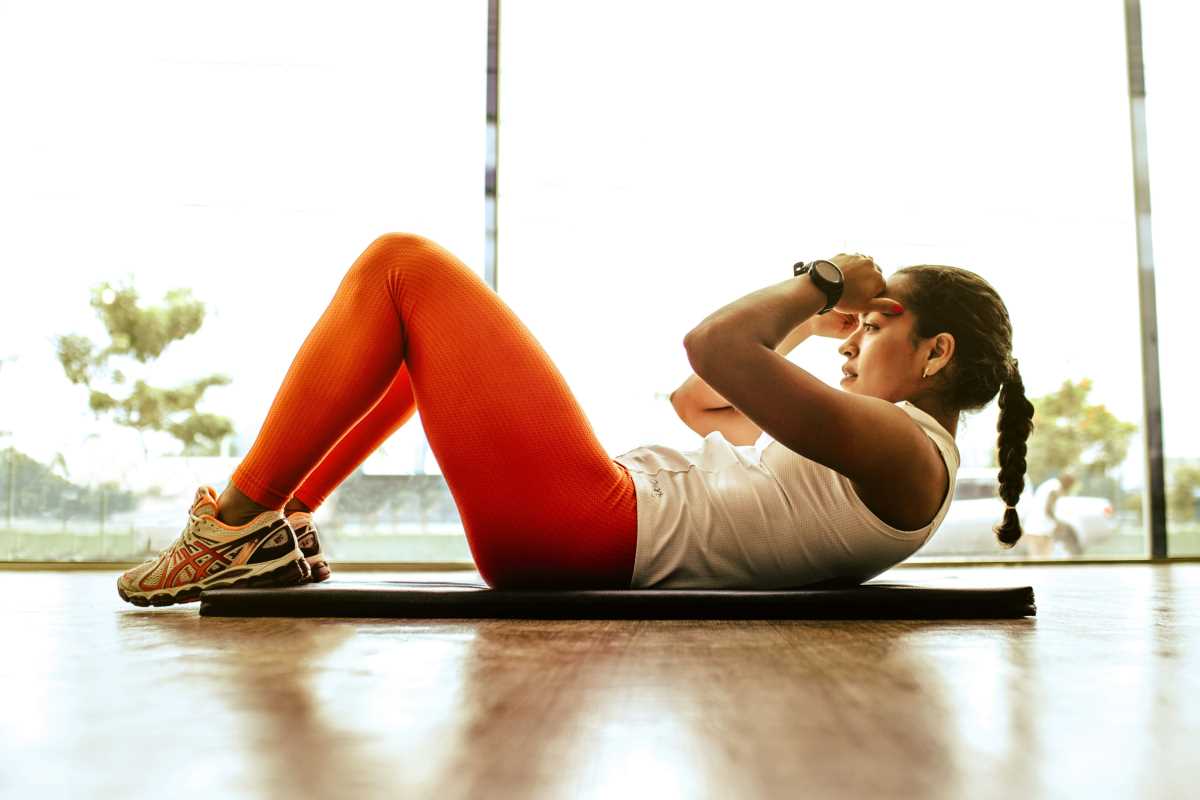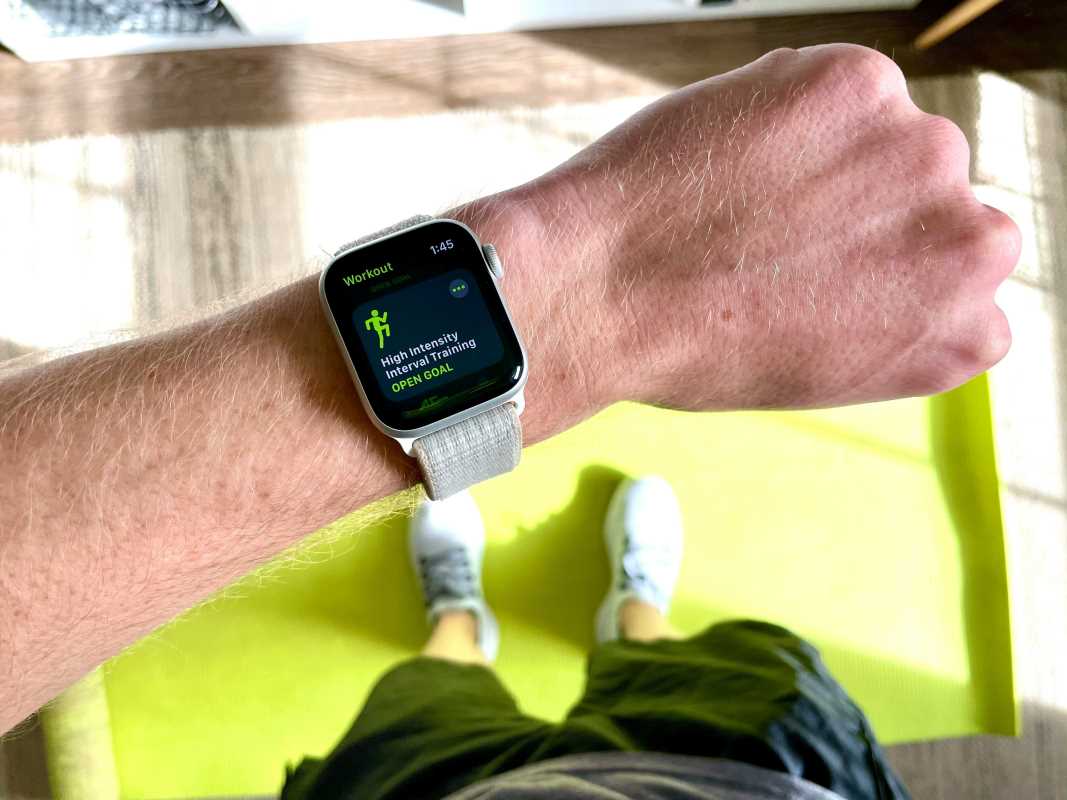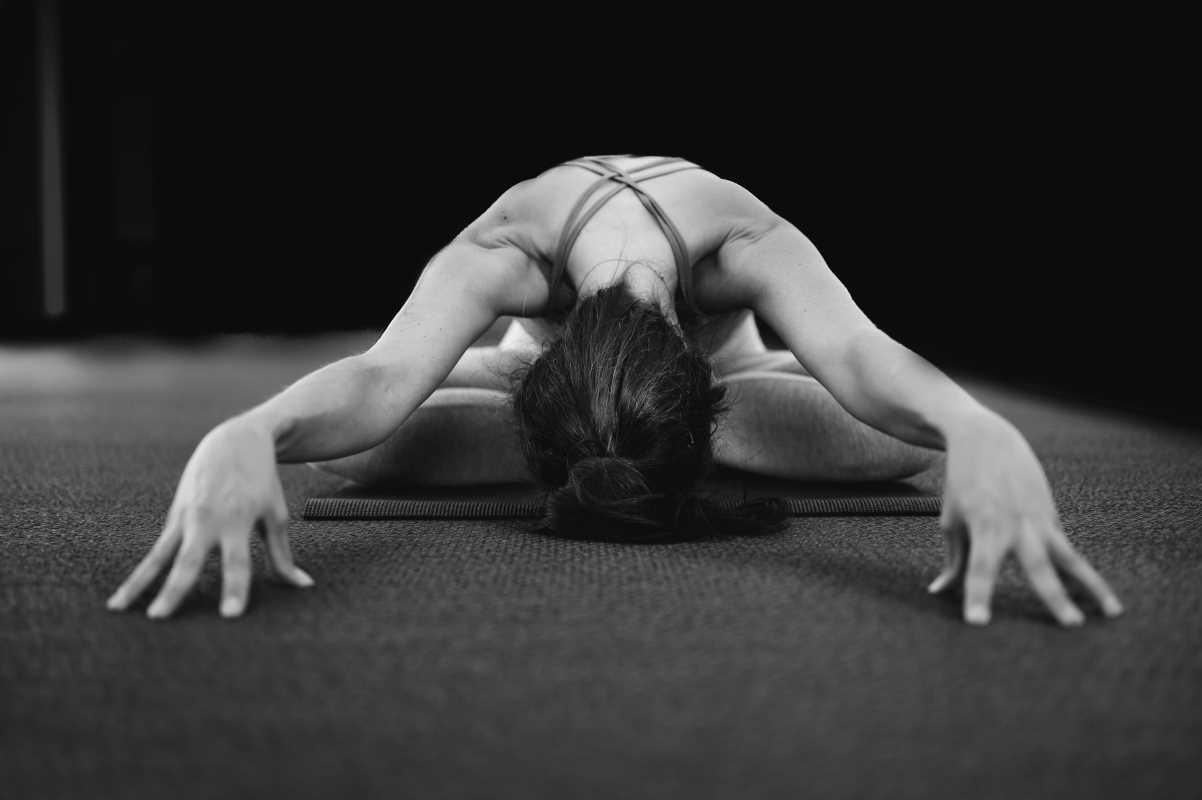When it comes to core workouts, crunches have long dominated fitness routines. But here’s the deal, not only are crunches not the end-all-be-all of core workouts, but they might not actually be the most effective way to build true core stability. Your core isn’t just about those visible “six-pack” muscles. It’s made up of multiple muscle groups, including your deep abdominal muscles, obliques, and back muscles, that work together to stabilize your entire body and support your every move.
A strong core enhances your balance, posture, and athletic performance while reducing the risk of injuries. The good news? You don’t need to hate on your neck or lower back with endless crunches to achieve this. Here are five crunch-free exercises that target your core, build strength, and improve stability.
1. Plank Variations
Nothing says core engagement like a good old plank. This simple isometric exercise activates nearly every part of your core while also targeting your shoulders, arms, and back. Best of all, it’s incredibly versatile, with variations that can challenge both beginners and advanced exercisers.
How to Perform a Basic Forearm Plank
- Start by laying face down on the floor.
- Place your forearms on the ground, elbows directly under your shoulders, and lift your body into a straight line, balancing on your toes.
- Keep your neck neutral and avoid letting your hips sag or rise too high.
- Hold the position for 20 to 30 seconds, gradually increasing your time as you get stronger.
Plank Variations to Try
- Side Plank: Rotate your body to one side, balancing on one forearm and the outside edge of your foot. This variation strengthens your obliques and improves lateral stability.
- Plank with Shoulder Taps: While in a full plank position (hands instead of forearms), alternate tapping one shoulder with the opposite hand to challenge your balance.
- Plank Jacks: Add a cardio twist by jumping your legs in and out while holding the plank position.
Planks are the ultimate test of core endurance and control, and the options to progress are almost endless.
2. Bird Dog
The bird dog may look simple, but it’s deceptively effective at building core stability. By forcing you to balance on one hand and the opposite knee, this exercise challenges your stability, coordination, and posture, all while engaging your core, glutes, and lower back.
How to Perform the Bird Dog
- Begin on your hands and knees in a tabletop position, with wrists under shoulders and knees under hips.
- Extend your right arm forward and your left leg straight back, creating a straight line from your fingertips to your toes.
- Engage your core to maintain stability and avoid arching your back.
- Hold for 2-3 seconds, then return to the starting position and switch sides.
Tips for Proper Form:
- Move slowly and with control to avoid wobbling.
- Keep your hips square to the ground.
- Imagine reaching as far as you can with your hand and foot rather than simply lifting them.
Progress the bird dog by holding the extended position longer or adding a light resistance band around your feet.
3. Dead Bug
Don’t let its quirky name fool you. The dead bug is a powerhouse move for core strengthening. It’s a great way to train your core’s primary role of resisting movement, which is essential for protecting your lower back during functional movements like lifting or twisting.
How to Perform the Dead Bug
- Lie on your back with your arms extended toward the ceiling and your knees bent at 90 degrees (tabletop position).
- Slowly lower your right arm and left leg toward the floor, keeping your lower back pressed into the ground.
- Return to the starting position and repeat with the opposite arm and leg.
Why It’s Effective
The dead bug focuses on anti-extension, teaching you to stabilize your core as your limbs move. It’s particularly helpful for those recovering from lower back pain or working on posture.
Bullet Point Tips to Perfect the Dead Bug:
- Keep your lower back pressed into the floor throughout the movement to avoid strain.
- Move slowly and with control for maximum engagement.
- Breathe deeply, exhaling as you lower your arm and leg.
For a challenge, hold a stability ball between your knees and hands as you perform the movement, focusing on keeping the ball steady.
4. Side Plank
The side plank isolates and strengthens your obliques, which are key players in improving lateral stability and reducing lower back strain. It also engages your shoulders, hips, and legs, giving you a full-body bonus.
How to Perform a Side Plank
- Lie on your side with your legs extended and stacked. Place your forearm on the ground, elbow directly under your shoulder.
- Lift your hips off the ground, forming a straight line from your head to your feet.
- Engage your core and hold the position for 20 to 30 seconds on each side.
Variations to Try
- Bent-Knee Side Plank: Keep your bottom knee bent and planted while lifting your hips. This is a great starting point for beginners.
- Side Plank with Leg Lift: Add a dynamic element by lifting your top leg toward the ceiling while holding the side plank.
- Side Plank Twist: Rotate your top arm under your body and then extend it back up to challenge your balance.
Side planks bring an element of stability and control while focusing on a critical part of the core that many exercises overlook.
5. Glute Bridge
Though traditionally considered a glute exercise, the glute bridge is excellent for improving posterior chain strength and core stability. The move primarily targets your glutes and hamstrings while also engaging your lower back and deep abdominal muscles.
How to Perform a Glute Bridge
- Lie on your back with your knees bent and feet flat on the ground, hip-width apart.
- Place your arms at your sides, palms facing down.
- Press through your heels and lift your hips toward the ceiling, engaging your glutes and core.
- Hold for a moment at the top, then lower your hips slowly back to the ground.
Tips for Making It More Effective
- Avoid over-arching your lower back. Engage your core to keep your spine neutral at the top of the movement.
- Add a resistance band around your knees to activate your glute medius (side glutes).
- Progress to a single-leg bridge by lifting one foot off the ground and keeping your other knee bent.
Glute bridges promote synergy between your core and hips, improving stability and reducing the risk of injuries during workouts and everyday activities.
Stay Crunch Free
Crunches may have earned their spot in traditional fitness routines, but core stability is about more than just flexing your abs. By incorporating exercises like planks, bird dogs, dead bugs, side planks, and glute bridges, you engage a wider range of muscles that support your spine, improve your posture, and enhance your overall strength.
Each of these crunch-free exercises offers unique benefits, making them valuable additions to any workout routine. Whether you’re an athlete, recovering from an injury, or simply looking to level up your fitness, these moves can help you build a strong, stable core to support your goals. Start slow, focus on proper form, and challenge yourself as you progress.
 (Image via
(Image via





